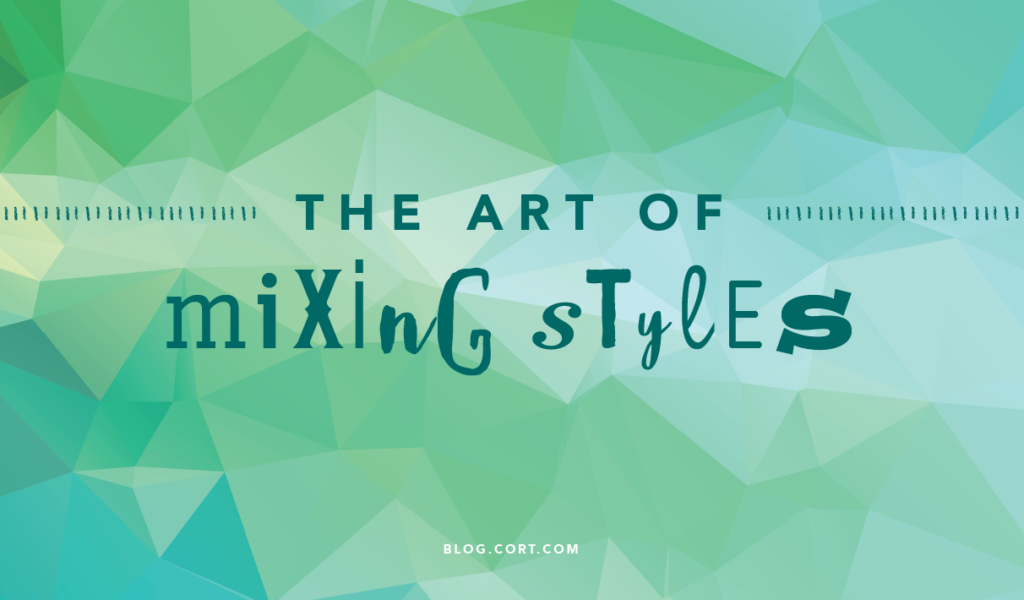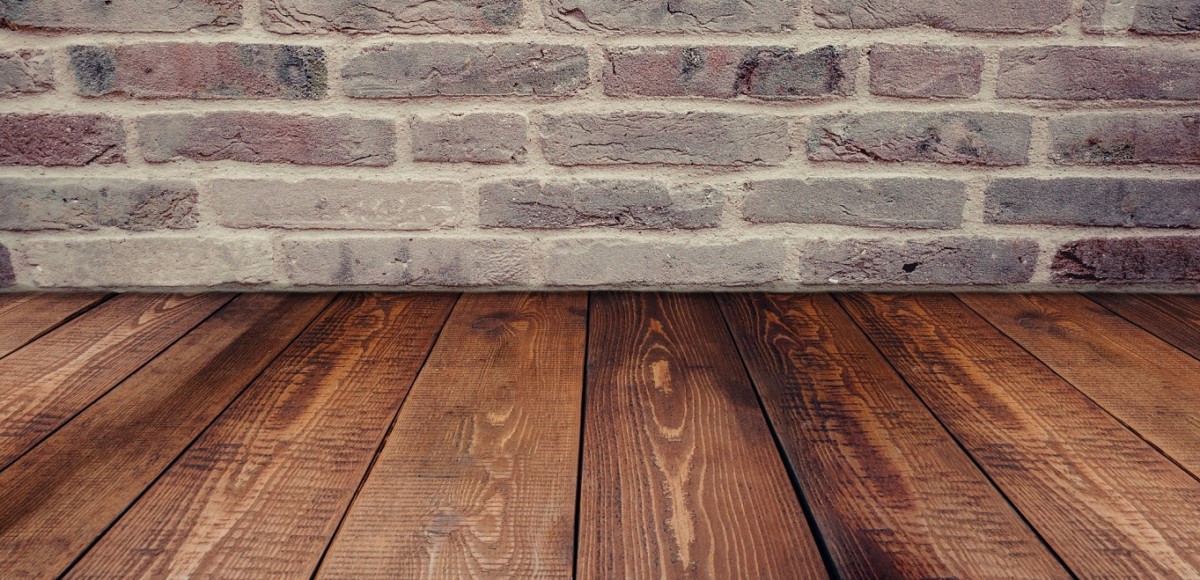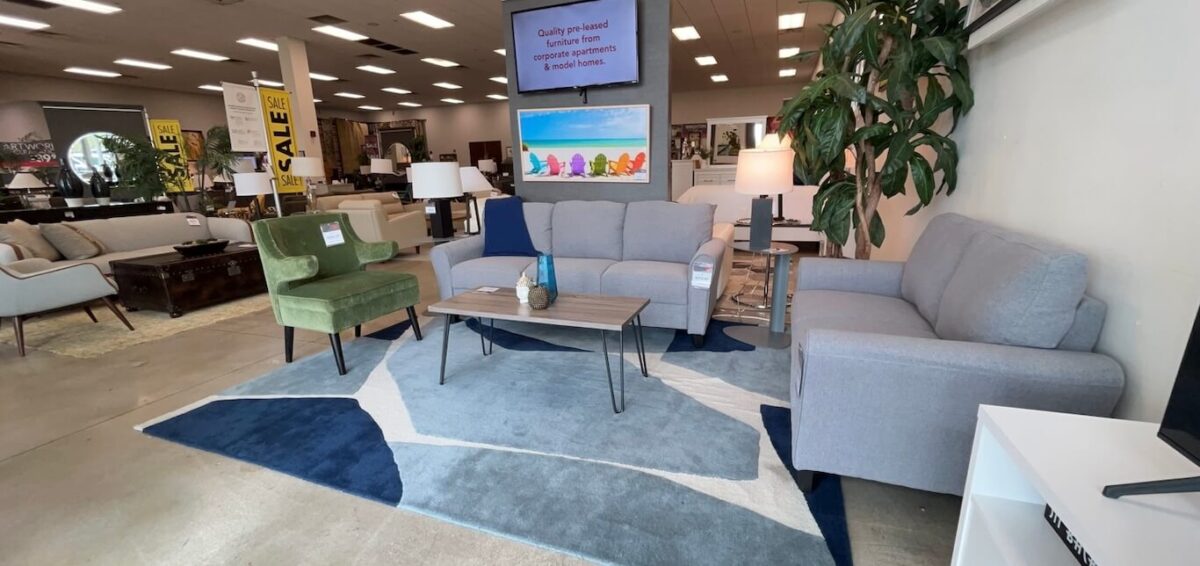All the rage, eclectic design brings together a variety of styles. Typically characterized by the mix of colors, fabrics, shapes and textures used, it is playful, whimsical and allows you to put a personal stamp on your home decor. The downside is it can be challenging to achieve. The upside – it can truly make your home stand out.

Using the inspiration below as your guide, you can strike the right balance and get started on your eclectic design journey:
1. Begin with a Neutral Background
Since eclectic design shines in the details, it’s best to choose neutral backgrounds as your base. Choosing neutral wall colors can help make your eclectic design touches stand out. Choose from clean shades such as whites, pale blues and grays. The same can be said of a gray, modern sofa.
2. Mix Finishes and Materials
To achieve the eclectic look, designers are using a surprising mix of wood, marble, metallic finishes, lush fabrics and greenery. In the living room, play with finishes and textures by using a glass coffee table, such as Pasos Nesting Tables, with a lush fabric rug. The Fettucine Silver Rug is a great example of a neutral rug with lots of texture. Next, work in wooden statement pieces, such as the Eileen Walnut Shelf or Patta TV Console. To separate space while adding another finish, try the Dotz Screen.
In the dining room, choose a statement dining table with a mixture of textures. The Dakota Dining Table features a wooden wave base and a glass table top. Chairs that include at least one similar texture pair nicely. With the Dakota table, Adeline Dining Chairs repeat the texture in the wood, while adding white leather as a new sleek and modern material.
3. Interchange Time Periods
Blending old versus new elements from different time periods is a beautiful way to introduce eclectic design into your home. Perhaps you love the look of old world chairs. That doesn’t mean your entire room needs to follow this traditional style. Consider mixing things up and renting a combination of period styles. CORT’s Havana End Table is a great mid-century option, or this contemporary Woven Leather Chest truly makes a style statement in any room. Other ideas include adding subtle retro-inspired accents to a room through window treatments, accessories or lamp shades. Or accessorize contemporary furniture with classic vintage artwork or hand-crafted pieces.
4. Add Contrast
Eclectic design is all about contrast. More specifically, the contrast between your mix of colors, shapes, textures and materials. For example, a set of shiny bronze light fixtures look striking hanging inside a white-walled kitchen. Or a chic, contemporary mirror would contrast well over a rustic wooden chest. Try accessorizing plain leather seating with soft furnishings like luxurious cushions or fluffy throws.
To make your patterned accessories stand out, contrast them against solid colors. For example, place a detailed rug against sleek wooden floors. Or pair colorful, decorative throw pillows with monochromatic bedding or draped over a solid-colored sofa.
5. Get Personal
Finally, don’t be afraid to make your eclectic style your own. You may have interesting knick-knacks collected from your travels that will add to the intrigue of your home. Find them and use them as décor!
Or you may like to have a standout piece to serve as a focal point of a room, with other pieces laid out to compliment it. Other personal décor items include handmade pottery, children’s artwork, musical instruments, plants, and books.
If you’re experimenting with eclectic design for the first time, its best to test drive this style in one or two of your rooms to first see if it works for you. Try renting pieces to see where they look best in your home before committing to a style. The key to making eclectic design work is striking the right balance. Like any design layout, eclectic design elements must be thoughtfully brought together to achieve style versus disarray. Best of luck!






